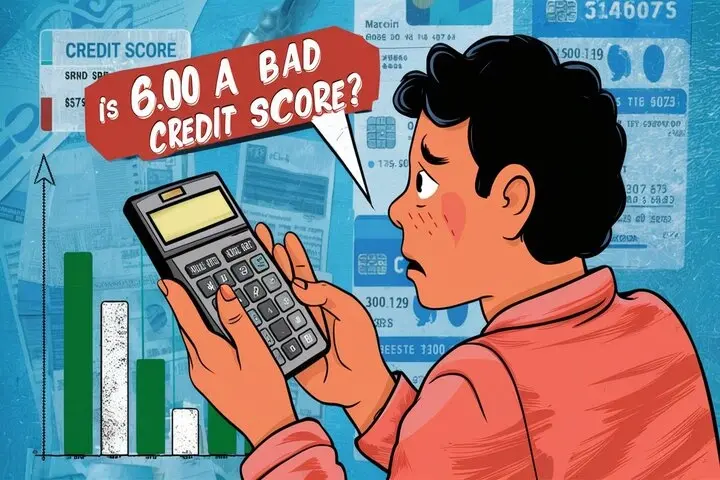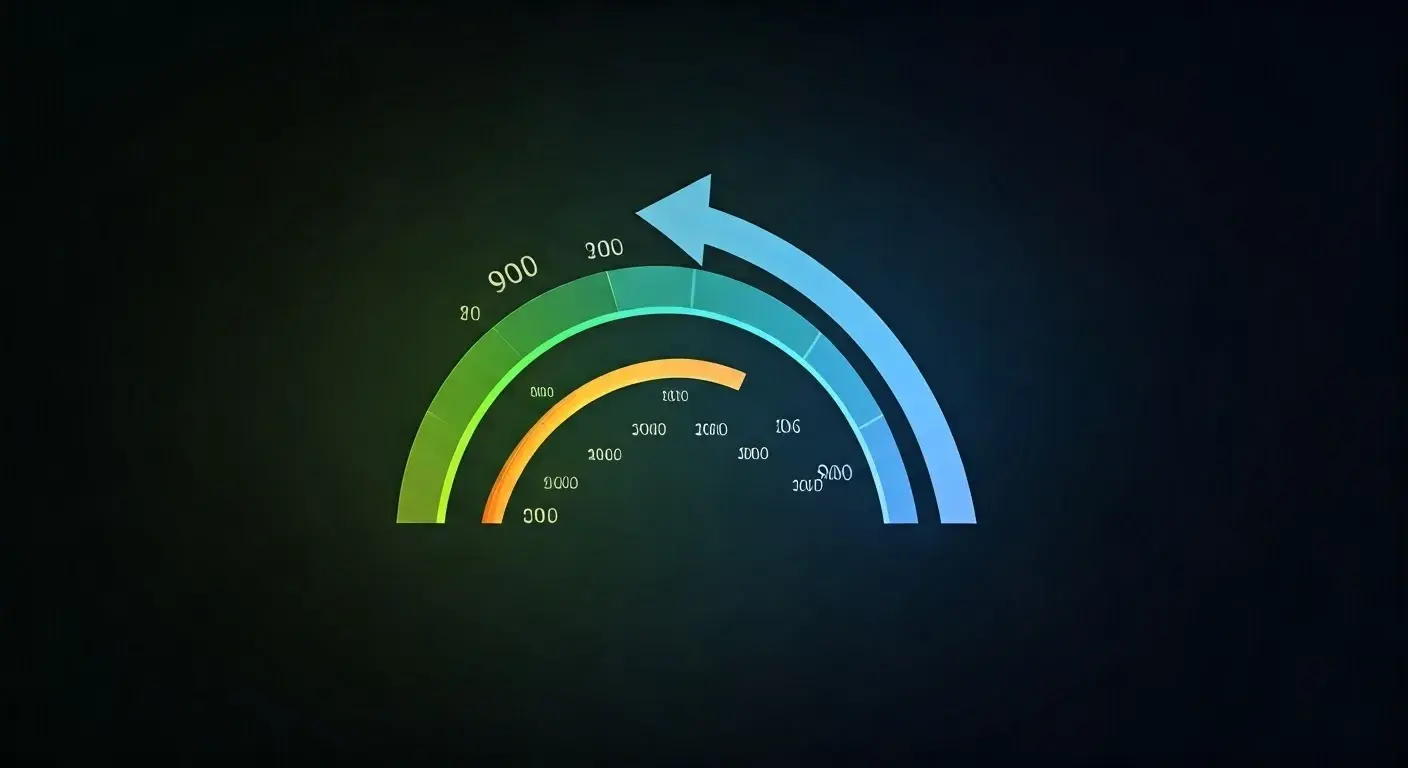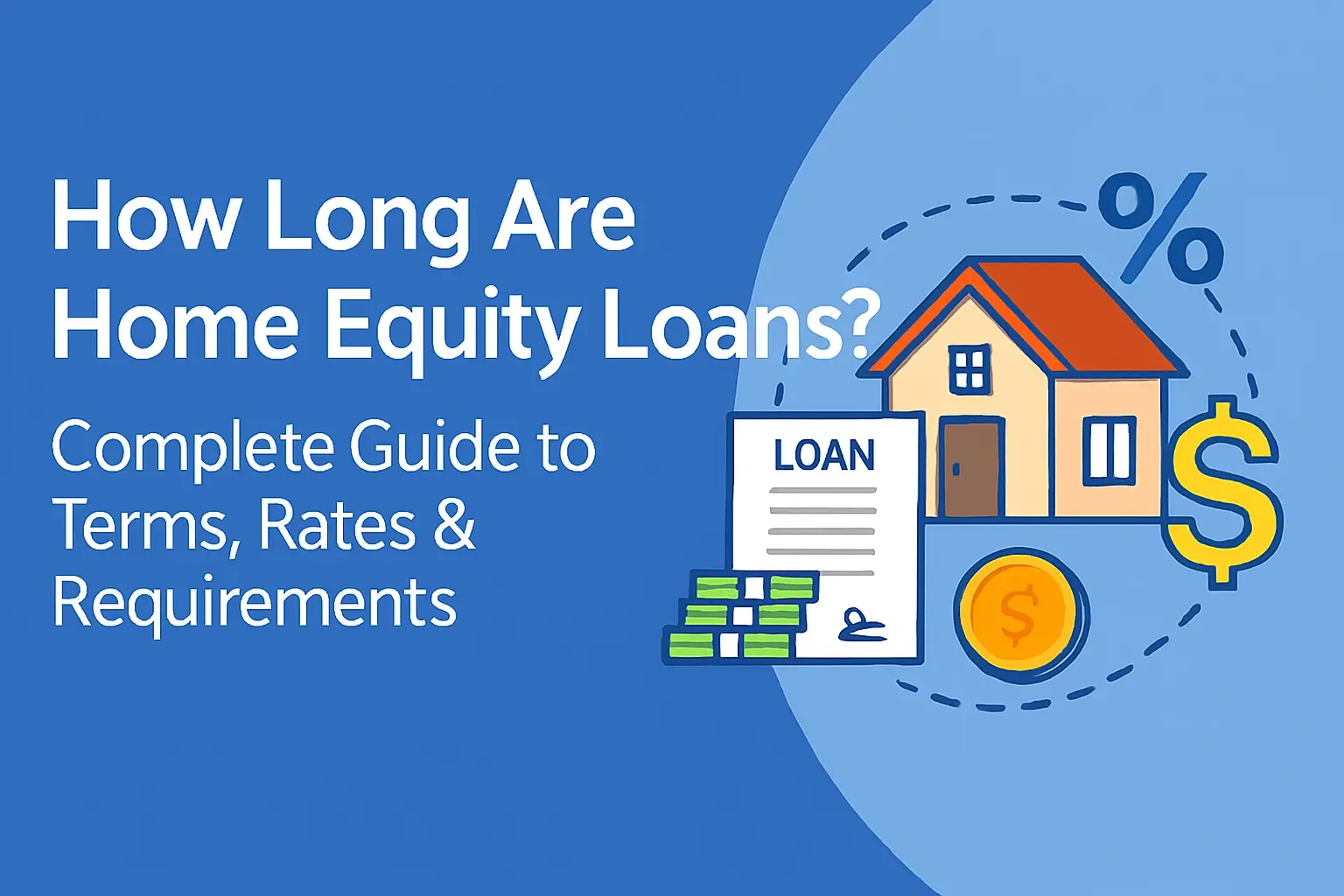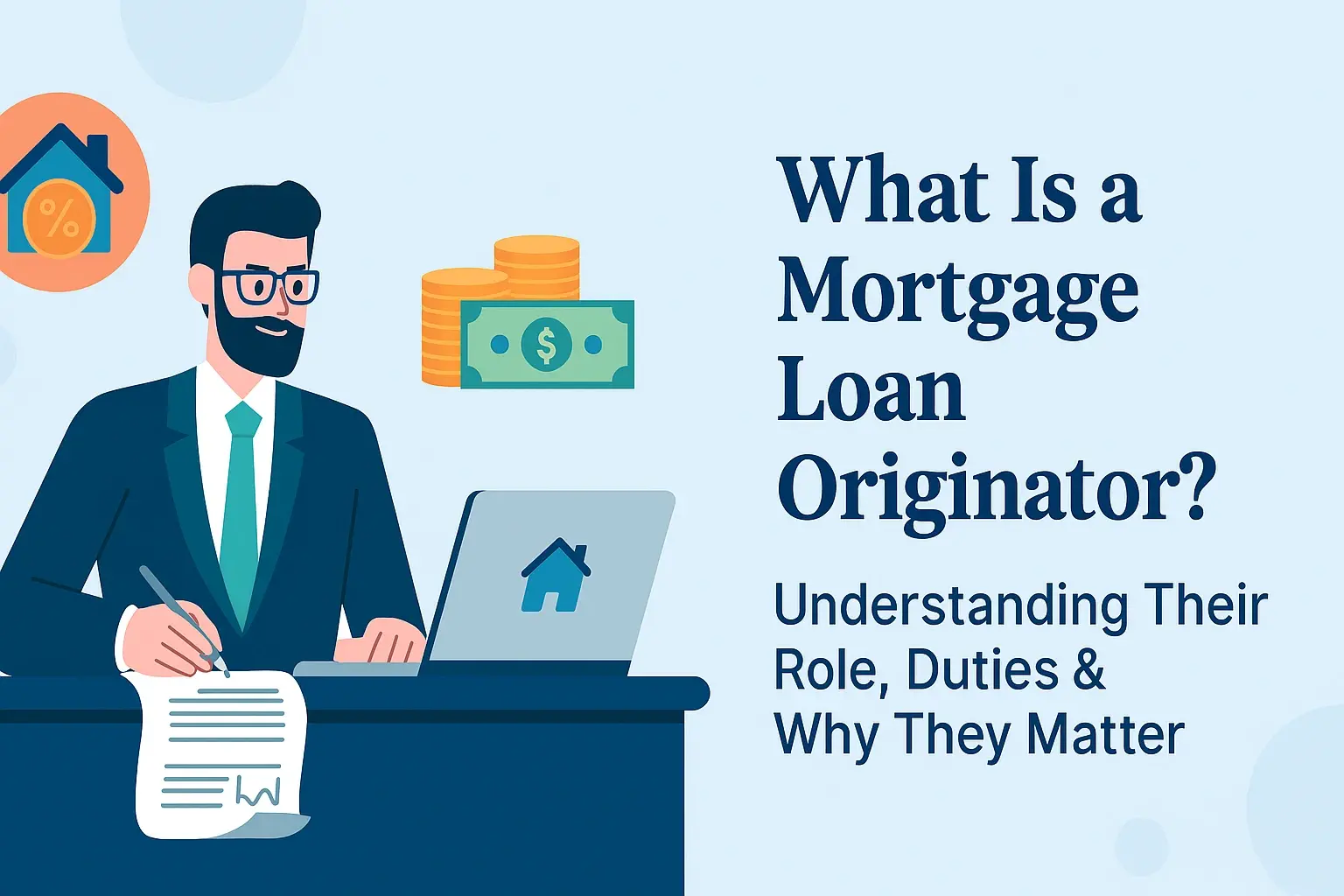Understanding Credit Scores: A Foundation
Your credit score is a three-digit number that represents your creditworthiness. It's a snapshot of your financial responsibility, based on your credit history. Lenders use it to assess the risk of lending you money. A higher score indicates lower risk, making you more likely to be approved for loans and credit cards at favorable interest rates.
The most commonly used credit scoring model is FICO, which ranges from 300 to 850. VantageScore is another popular model, with a similar range. These scores are derived from information in your credit reports, compiled by credit bureaus like Equifax, Experian, and TransUnion.
What Does a 600 Credit Score Mean?
A credit score of 600 typically falls within the "fair" credit score range. While it's not considered "bad" credit, it's also not ideal. Here's a general breakdown of credit score ranges based on the FICO model:
- Exceptional: 800-850
- Very Good: 740-799
- Good: 670-739
- Fair: 580-669
- Poor: 300-579
Therefore, a 600 credit score sits squarely in the "fair" category. It suggests that you've had some credit challenges in the past, but you're not necessarily a high-risk borrower.
The Impact of a Fair Credit Score
Having a 600 credit score can impact various aspects of your financial life. While you're likely to be approved for some credit products, you might face higher interest rates and less favorable terms.
Loan Approval
Getting approved for loans, such as mortgages, auto loans, and personal loans, can be more challenging with a 600 credit score. Lenders view borrowers with fair credit as a higher risk, so they might require larger down payments or charge higher interest rates to compensate.
Credit Card Approval
You'll likely be approved for some credit cards with a 600 credit score, but your options will be limited. You might not qualify for the best rewards cards or those with the lowest interest rates. You might also be offered cards with lower credit limits and higher annual fees.
Interest Rates
One of the most significant consequences of having a fair credit score is higher interest rates. Even a small difference in interest rates can translate to significant savings over the life of a loan. For example, a mortgage with a higher interest rate can cost you tens of thousands of dollars more in interest payments.
Insurance Premiums
In some states, insurance companies use credit scores to determine insurance premiums. A lower credit score can result in higher premiums for auto insurance and homeowners insurance.
Rental Applications
Landlords often check credit scores as part of the rental application process. A 600 credit score might raise concerns for some landlords, and they might require a larger security deposit or deny your application altogether.
Factors Contributing to a 600 Credit Score
Several factors can contribute to a credit score of 600. Understanding these factors can help you identify areas for improvement.
- Payment History: Late payments, missed payments, and defaults on loans or credit cards can significantly lower your credit score.
- Credit Utilization: Credit utilization is the amount of credit you're using compared to your total available credit. High credit utilization (using a large percentage of your available credit) can negatively impact your score.
- Length of Credit History: A longer credit history generally results in a higher credit score. If you're new to credit or have a short credit history, your score might be lower.
- Credit Mix: Having a mix of different types of credit accounts, such as credit cards, installment loans, and mortgages, can improve your score.
- New Credit: Opening multiple new credit accounts in a short period can lower your score, especially if you have a limited credit history.
- Public Records and Derogatory Marks: Bankruptcies, foreclosures, and other negative public records can have a significant impact on your credit score.
How to Improve a 600 Credit Score
The good news is that a 600 credit score can be improved with consistent effort and responsible credit management. Here are some steps you can take to raise your score:
1. Pay Bills on Time
Payment history is the most important factor in your credit score. Make sure to pay all your bills on time, every time. Consider setting up automatic payments to avoid missing deadlines.
2. Reduce Credit Utilization
Keep your credit utilization below 30% on each credit card. Ideally, aim for below 10%. If you have high balances, focus on paying them down as quickly as possible.
3. Check Your Credit Report Regularly
Review your credit reports from all three major credit bureaus (Equifax, Experian, and TransUnion) at least once a year. Look for any errors or inaccuracies and dispute them immediately. You can obtain free copies of your credit reports at AnnualCreditReport.com.
4. Become an Authorized User
If you have a friend or family member with a credit card account in good standing, ask if you can become an authorized user. Their positive payment history can help improve your credit score, but make sure they manage their account responsibly.
5. Consider a Secured Credit Card
If you're having trouble getting approved for a traditional credit card, consider a secured credit card. Secured credit cards require a cash deposit as collateral, which typically becomes your credit limit. Using the card responsibly and making on-time payments can help you build credit.
6. Apply for a Credit-Builder Loan
Credit-builder loans are designed to help people with limited or poor credit establish a positive payment history. The lender typically holds the loan proceeds in an account and releases them to you after you've made all the payments. This forces you to save money while building credit.
7. Avoid Opening Too Many New Accounts
Opening multiple new credit accounts in a short period can lower your score. Be selective about which accounts you apply for and only apply for what you need.
8. Be Patient
Improving your credit score takes time and effort. It's not a quick fix. Be patient and consistent with your efforts, and you'll eventually see positive results.
Credit Score Improvement Timeline
The time it takes to improve your credit score depends on the specific factors that are affecting your score and the steps you take to improve it. Some positive changes, such as paying down credit card balances, can have a relatively quick impact. Other changes, such as removing negative information from your credit report, can take longer.
Generally, you can expect to see noticeable improvements in your credit score within a few months to a year if you consistently follow the steps outlined above.
Alternatives to Traditional Credit with a 600 Credit Score
If you're struggling to get approved for traditional credit products, or if you want to avoid accumulating debt, there are alternative options available.
- Buy Now, Pay Later (BNPL) Services: BNPL services allow you to make purchases and pay them off in installments, often without a credit check. However, it's important to use BNPL responsibly and make your payments on time, as late payments can negatively impact your credit score.
- Rent-to-Own Programs: Rent-to-own programs allow you to rent appliances, furniture, and other items with the option to purchase them at the end of the rental period. While these programs don't directly impact your credit score, they can be a way to obtain needed items without relying on credit.
- Secured Loans: Secured loans are backed by collateral, such as a car or savings account. Because the lender has collateral to fall back on, they're often more willing to approve borrowers with lower credit scores.












